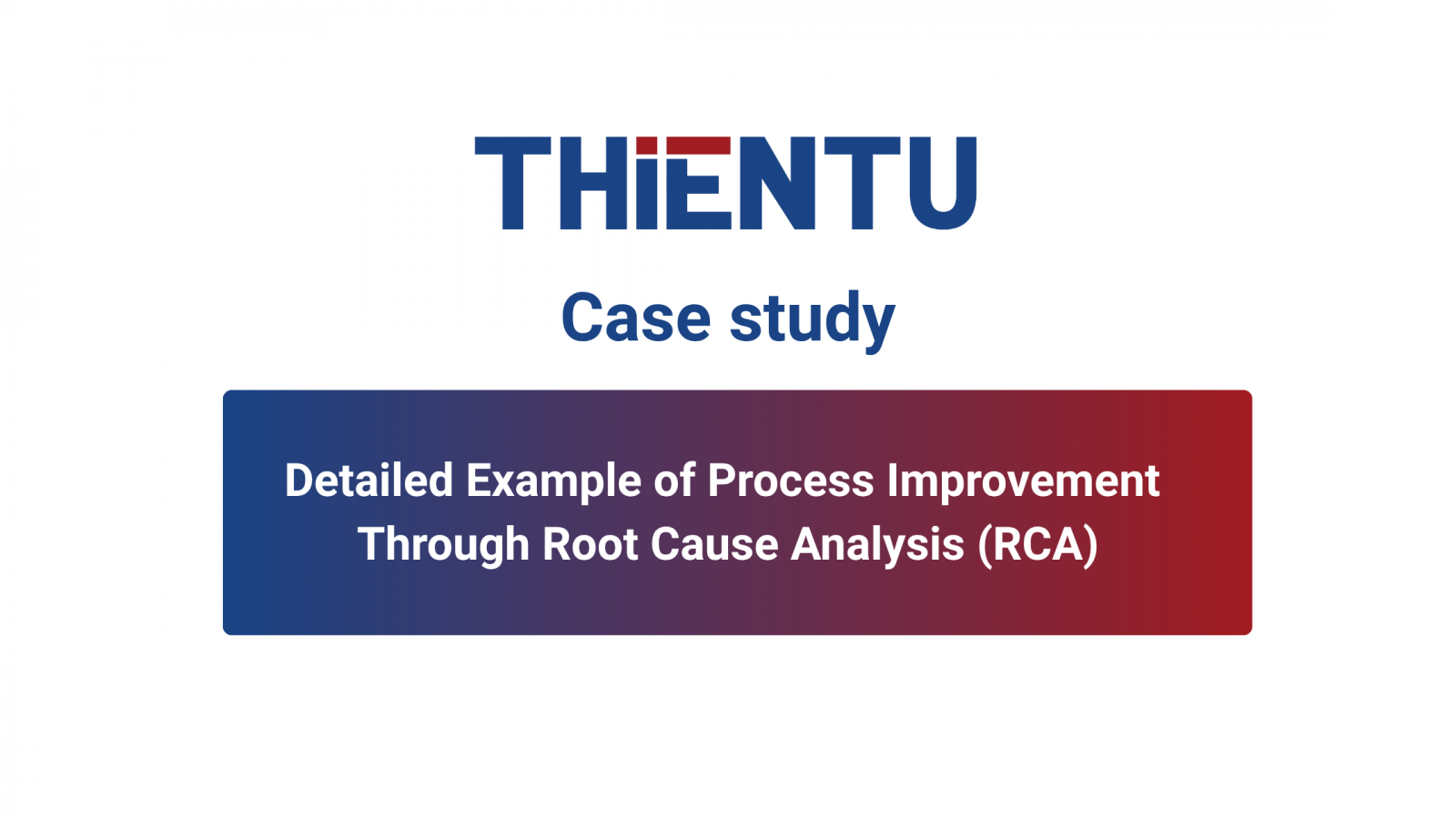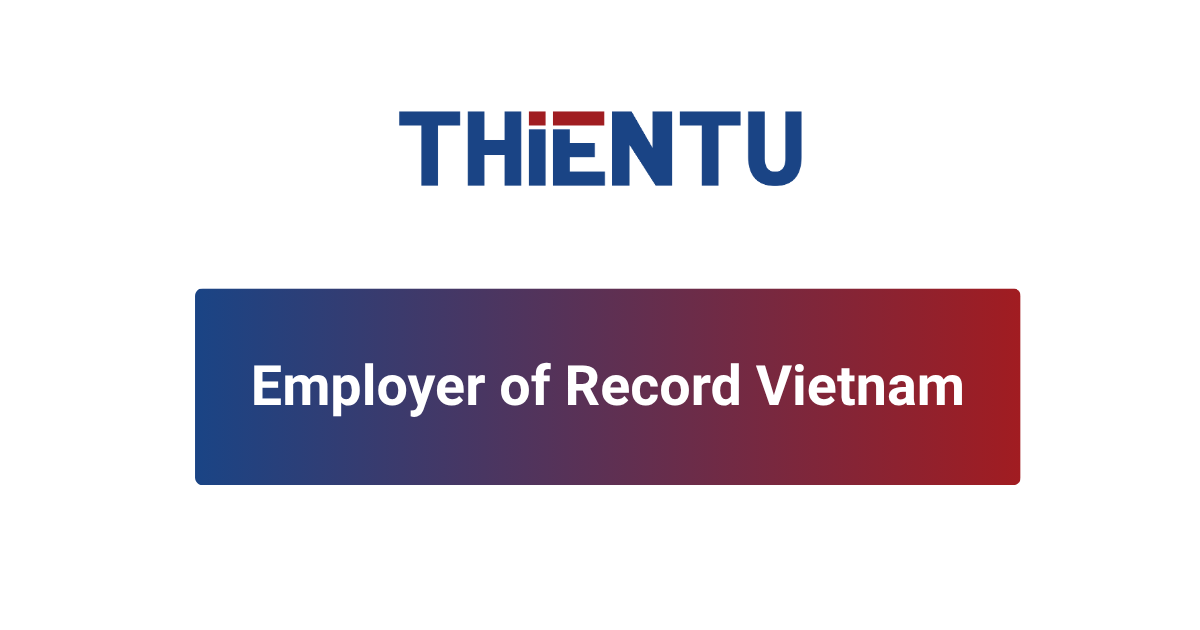Detailed Example of Process Improvement Through Root Cause Analysis (RCA)
Overview of the Project
At THIENTU, delivering a seamless customer experience is central to everything we do. In early 2023, we identified a significant increase in customer complaints related to delayed deliveries within our e-commerce project A. Over a span of just three months, we received over 7,500 complaints—roughly 15% of our monthly order volume of 50,000—highlighting an urgent need for process improvement.
To address this, we initiated a Root Cause Analysis (RCA) project aimed at uncovering the real issues behind the delays and implementing lasting solutions to improve delivery times, restore customer trust, and optimize internal operations.
Business Problem
Between January and March 2023, delayed deliveries became a recurring issue, particularly in metropolitan areas where time-sensitive shipments are most critical. Customers reported receiving their orders 2–3 days later than promised, resulting in dissatisfaction, refund requests, and reputational risk.
While the problem was clear, the root causes were not. The challenge wasn’t just to respond to the complaints—but to identify exactly why these delays were happening and make long-term improvements that would prevent them from recurring.
| Project Industry: E-commerce | |||||
|---|---|---|---|---|---|
| Period | Total orders | Complaints | Complaint rate | Average delay (days) | Customer impact |
| Jan – Mar 2024 | 50,000/Month | 7500 | 15% | 2–3 | Negative impact on satisfaction and reputation |
Solution Approach
We applied a five-step RCA framework to guide the process from analysis to execution:
1. Collect Customer Feedback (Jan–Mar 2023):
- We compiled 7,500 complaints across multiple channels: 5,000 via phone and email
- 2,500 from social media and e-commerce platforms
Patterns showed that most complaints came from high-density urban areas with delivery expectations tied to tight schedules.
2. Analyze Data & Identify Root Causes (April 2023):
- A cross-functional internal team conducted a deep-dive into the end-to-end logistics chain. Findings revealed:
- 40% of delays were caused by extended warehouse handling time (1–2 days longer than planned)
- 30% were due to a shortage of delivery staff during peak periods
- 20% stemmed from inefficient tracking systems that caused routing errors or shipment misinformation
3. Propose Solutions & Process Improvements (May 2023):
- Based on the findings, THIENTU rolled out the following solutions:
- Warehouse Automation: Sorting and packaging were automated, cutting handling time in half—from 48 hours to 24 hours
- Staffing Expansion: Delivery workforce was increased by 20%, and strategic partnerships were formed with third-party delivery services
- Order Tracking Enhancements: A new real-time tracking system was implemented to reduce errors and improve shipment visibility
4. Implementation & Deployment (June–July 2023):
Execution included:
- Launching automated systems in all major distribution hubs
- Training delivery staff and onboarding external logistics partners
- Integrating the updated tracking platform to allow both customers and staff to monitor delivery statuses in real time
5. Monitoring & Results Evaluation (August 2023):
- The improvements delivered quick and measurable results:
- Complaint volume dropped by 84%, from 7,500 to 1,200
- On-time delivery rate rose from 85% to 96%
- Customer satisfaction jumped to 90% based on post-delivery surveys
Results
Thanks to this structured RCA approach, THIENTU not only resolved the delivery delay issue but also improved its operational resilience. Customers benefited from faster, more reliable service, while internal teams operated with greater clarity and efficiency. The initiative transformed what began as a high-risk operational concern into a showcase of our ability to respond quickly, act strategically, and deliver meaningful results within a seven-month window.
Conclusion
This case highlights how Root Cause Analysis can turn customer pain points into strategic growth opportunities. By focusing on data, listening to customer feedback, and implementing practical, scalable solutions, THIENTU was able to restore delivery performance, improve customer satisfaction, and strengthen its operational infrastructure.
In today’s highly competitive consumer goods market, managing and monitoring product display at retail outlets has become a critical component of brand strategy. To enhance the effectiveness of market supervision and ensure the accuracy of outlet-reported data, a leading FMCG company launched the Outlet Verification project—an essential initiative to control market data through image-based validation.



.png)

















 Back
Back